IDF Spring 2004, Craig Barrett states: "Intel´s 64-32 extensions will work on the same platform as AMD64 instructions do"!!
So, the first day of IDF Spring 2004 started and, according to our Alexander Vorobyev, the very first keynote speech of Craig Barrett caused the long-anticipated sensation: Yes, Intel´s 64-32 extensions (IA32E) will actually work on the same platform as AMD64 instruction set works on!!

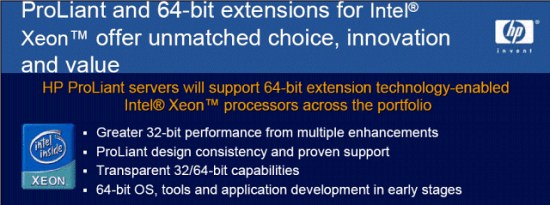
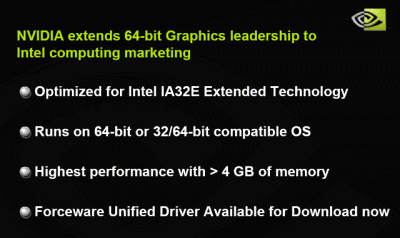
Please excuse us for such an inconsequent beginning, actually the aforesaid was confirmed only during the question-answer session after the speech alongside other breathtaking news. But you see, we just couldn´t put the similarity of Intel´s and AMD´s 64-bit instructions in the second place. :-)
Now let´s introduce some order and start with Craig Barrett´s keynotes. According to it, the primary trend is the digital homes. Just look at the images below:

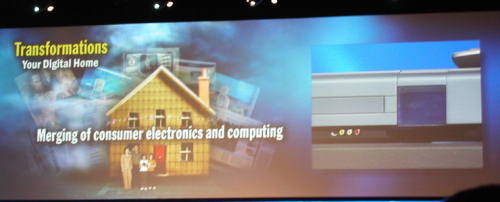
- Already the next generation of server 90nm Intel Xeon processors with Nocona cores supporting 800MHz FSB and SSE3 will work with 64-bit address extensions.
- Microsoft´s Steve Ballmer also stressed during this speech that along with usual 32-bit processing, the support of new 64-bit extensions will enable to speed up workstations and servers.
- There´s already a beta of Microsoft Windows supporting Intel´s 64-bit extensions. We believe it´s that very beta for AMD64 that was introduced to public for 360-day beta-testing some time ago.
- Intel is to present 64-bit extensions for desktop processors closer to the year-end in Prescott products (perhaps, Barrett meant Tejas? Anyway, it must be the LGA775 design), and also in dual-core server Potomacs early next year.
- They showcased software handling 64-32 extentions that provided obviously better details of the image processed.
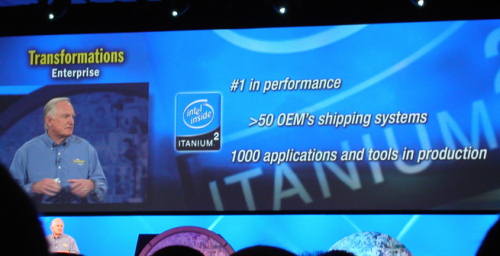
- As for Itanium 2, the speaker confirmed that such systems are now shipped to over 50 OEM partners. In the nearest future Itanium-based systems are to obtain multithreading and PCI Express support.

- Barrett showcased a LCOS-based prototype (already mentioned in our recent news) and a wireless USB port utilizing an Ultra Wideband channel with up to 500Mbps throughput.
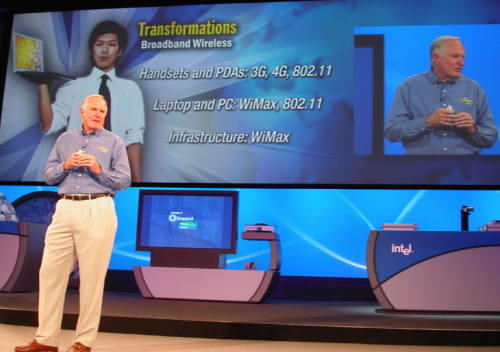
- We´ve also heard about Wi-Fi and WiMax, and 3G/4G cellular developments, and were shown a tri-band GSM system on Intel Xscale with a built-in digital camera and 802.11 and Bluetooth interfaces.
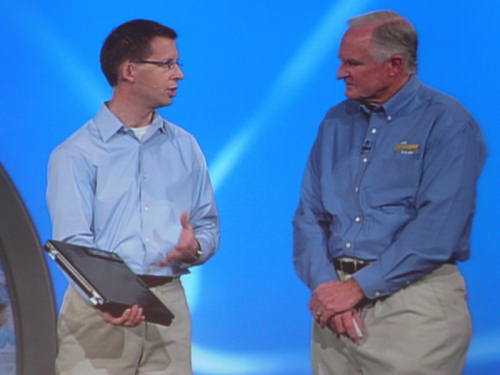
- They for the first time showcased Florence mobile platform on Pentium M Dothan that featured GPRS, Bluetooth, 802.11b/g, integrated display controller and a biometric sensor.
My, this first keynote speech was really rich with hot news! Getting back to the compatibility of Intel´s and AMD´s 64-bit extensions, Barrett marked, in particular, that despite some implementation differences, both platforms will successfully work under the same operating systems. By the moment 64-32 Nocona and Prescott chips are announced, Intel is to also introduce new BIOSes and other system utilities. Besides, Barrett stressed that it was senseless to draw analogies between the new 64-bit extensions and 64-bit Itanium architecture because these were totally different things.
Here we pause our live report from IDF Spring 2004, as there´s so many interesting news, we could continue until the evening. Therefore we better publish it "partwise", so stay tuned!
Write a comment below. No registration needed!
|
|



